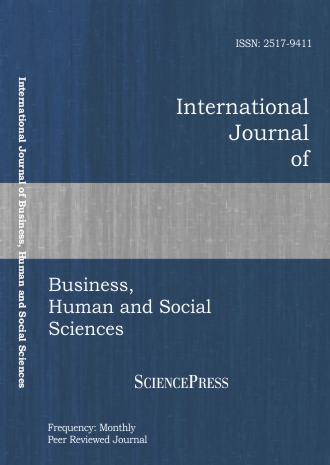
Scholarly
Volume:9, Issue: 11, 2015 Page No: 3918 - 3921
International Journal of Business, Human and Social Sciences
ISSN: 2517-9411
1405 Downloads
Impact of Reproductive Technologies on Women’s Lives in New Delhi: A Study from Feminist Perspective
This paper is concerned with the ways in which Assisted Reproductive Technologies (ARTs) affect women’s lives and perceptions regarding their infertility, contraception and reproductive health. The paper is based on a qualitative feminist survey study to explore and analyze issues arising from the use of ARTs by women in New Delhi, the capital of India. A rapid growth in the number of fertility clinics has been noticed recently. A critical analysis of interviews revealed that these technologies are used and developed for making profits at the cost of women’s lives. In this way, these technologies are influencing and changing the traditional patterns of motherhood requiring a rethinking about new ways of reproduction introduced through the use of ARTs.
Authors:
References:
[1] Gene Corea, The Mother Machine: Reproductive Technologies from